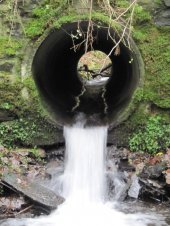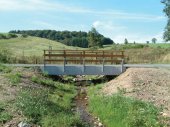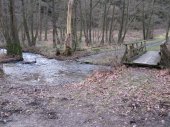Hydrological engineering actions
Over the five-year period of the LIFE+ Project, 25 separate construction measures will ensure that the Kall will be completely barrier-free for migratory fish species from its mouth in Zerkall up to and into its small tributary streams.
Weirs and barrages
To this end, barrages across the river, such as the weir in Simonskall and that at the paper factory in Zerkall, as well as several smaller dams, will have to be altered.
Shallow fish ladders offer a good way of restoring free passage for fish at weirs and barrages.
Shallow fish ladders offer a good way of restoring free passage for fish at weirs and barrages.
Chanelling (culverts)
Tributaries joining the Kall are often cut off from the remainder of the hydrological ecosystem by culverts. So existing chanelling systems are to be replaced by bridges, which enable hikers, cyclists, and timber transporters to continue to use the forest tracks, but at the same time restore or improve the accessibility of the water ecosystem for aquatic organisms. These measures are planned for all of the larger tributeries of the Kall (Tiefenbach I, Richelsbach, Tiefenbach II).

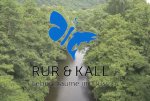

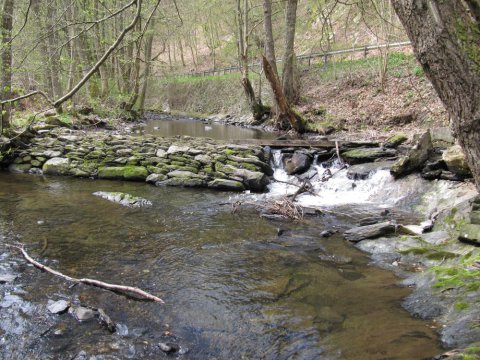
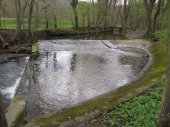
![Rough shallow natural fish ladder (photo: Bettina Gräf)] Rough shallow natural fish ladder (photo: Bettina Gräf)]](./index.php?rex_resize=170w__sohlgleite_bettina_graef_klein.jpg)
